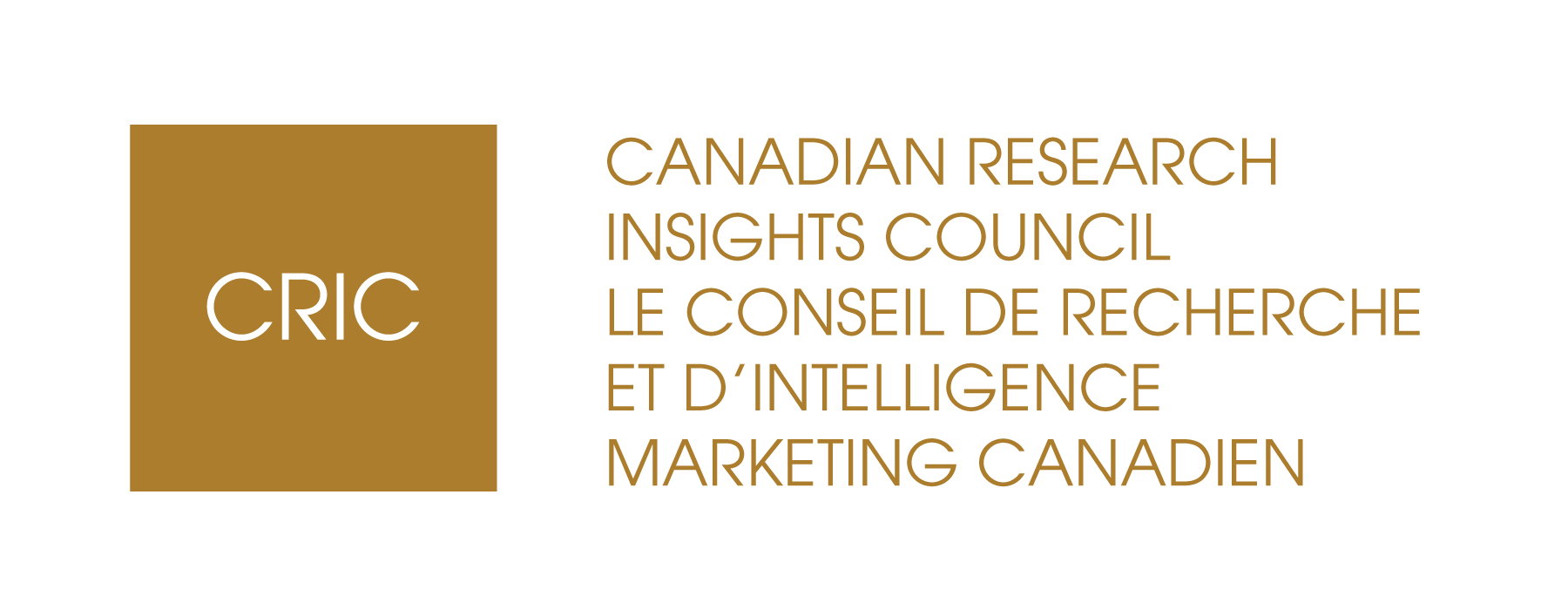
Public opinion researchers have, once again, demonstrated that survey research remains a valuable tool in helping Canadians make informed election decisions. The surveys released by CRIC member companies in the 2023 Alberta election predicted a close race with the advantage in this two party race going to the United Conservative Party. Their predictions were all within a few percentage points of the actual results. The reason they are accurate is because they are based on methodologies rooted in statistical science that continue to be enhanced by the world’s best statistical experts and learnings from previous elections.
“Reliable polling is a major contributor to a strong democracy by transparently reporting on the campaign, the issues that are important to voters, and the choices presented,” said Frank Graves, CAIP, FCRIC, Chair of CRIC’s Public Opinion Research Thought Leadership Council and Founder and President of EKOS Research. “CRIC members take this responsibility to democracy very seriously and that is why we have adopted world-class ESOMAR standards and complemented them with very high Canadian standards and rules related to respondent rights and research transparency.”
CRIC member companies adhere to the highest level of transparency in reporting by complying with the CRIC Public Opinion Research Standards and Disclosure Requirements. These standards serve as an important tool to help the public and the media assess the quality and validity of research that is released into the public domain.
“In today’s era of misinformation and fake news, it’s more important than ever for the public and media to have access to reliable polls by companies following CRIC’s high standards,” stated Margaret Brigley, CAIP, Vice-Chair/Standards Chair of CRIC and CEO and Partner, Narrative Research. “Poor quality polls can misinform voters and hinder democracy.”
To help the media when deciding whether to report on the results of research, CRIC has published a list of “10 questions journalists should ask before publishing the results of a survey.” CRIC also maintains a directory of its member companies who regularly release research in the public domain.
By following the highest standards and best practices, CRIC members have been consistently accurate in predicting elections. In fact, a global analysis (ESOMAR) into the accuracy of surveys concluded that done well, surveys overwhelmingly continue to correctly predict election outcomes. The study looked at more than 31,000 surveys from 473 voting events across 40 countries spanning 1936 – 2017, and found that at a global level, the average error of surveys conducted within seven days before an election is +/-2.5%. The ESOMAR study included surveys from the four Canadian federal elections prior to 2019 and found that Canadian survey researchers performed well with average errors below the global average. CRIC members also correctly predicted the results of the 2019 and 2021 federal elections that took place after the ESOMAR study.
“Because election polls are a litmus test for survey research overall, decision-makers from all sectors need to understand that surveys — when done well —remain an important source of information in decision-making as they ever were,” stated Nik Nanos, CAIP, FCRIC, Chair of CRIC and Chief Data Scientist and Founder, Nanos Research.
About CRIC
The Canadian Research Insights Council (CRIC) is Canada’s voice of the research, analytics, and insights profession both domestically and globally. CRIC represents the highest standards, ethics, and best practices; provides effective promotion and advocacy of the industry; serves as a source of information and thought leadership; and is a forum for collective industry action. CRIC’s members include Canada’s leading research agencies as well as client organizations, academic institutions, and other industry partners.
For more information, visit www.canadianresearchinsightscouncil.ca or contact John Tabone at [email protected].
Contact Us
For more information, contact John Tabone, Chief Executive Officer:
